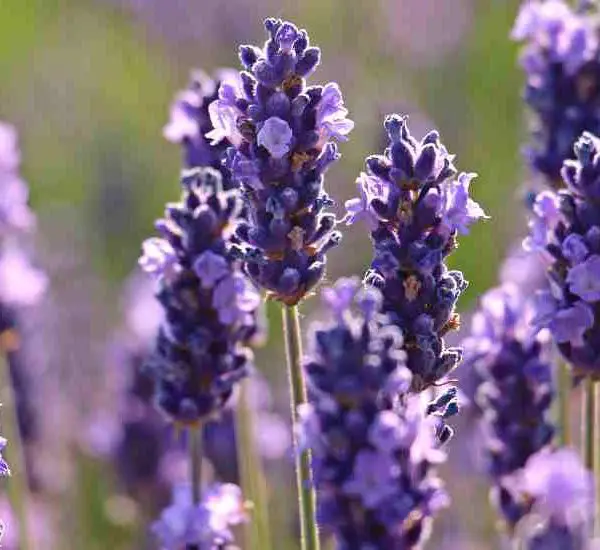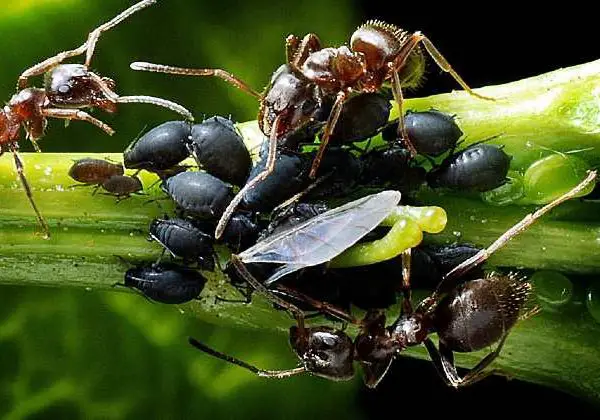The cherry tree is a perennial fruit tree known for its deciduous foliage. Cherries, with their delightful sweet and tangy flavor, are rich in vitamin C and can be enjoyed fresh or used in jams, syrups, and desserts. Harvesting occurs between April and June, but certain parasites can ruin the crop, making cherries unfit for consumption. Specifically, white worms can be found near the stone of the fruit. Here’s how to determine if your cherries contain these unwanted guests.
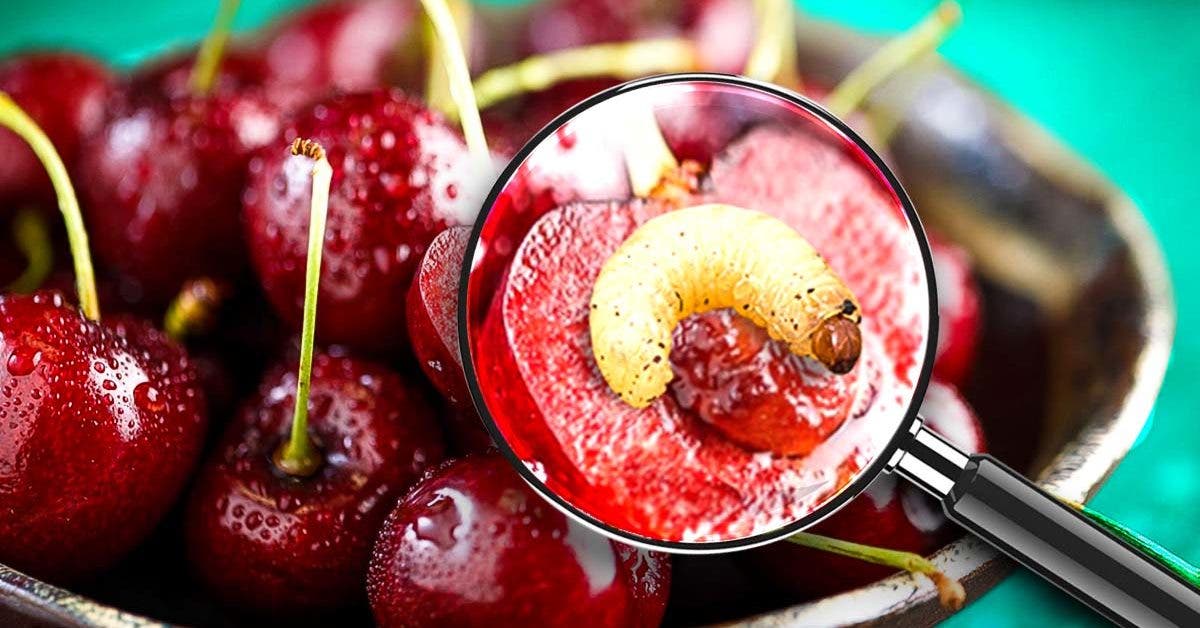
How Do Worms Attack Cherries?
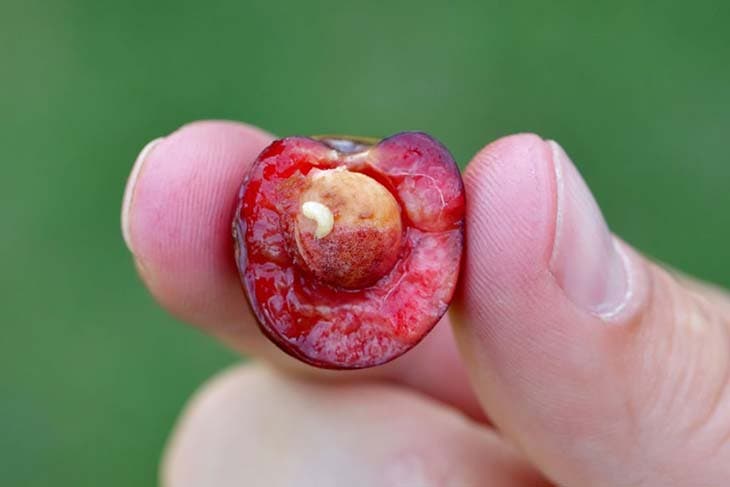
The white worms in cherries are actually the larvae of two types of flies: Rhagoletis cerasi and Drosophila suzukii (the cherry fruit fly). Between May and July, these flies are active, feeding on the sugary secretions of cherry trees. The female flies pierce the cherry skin to lay their eggs. Rhagoletis cerasi lays eggs under the skin of red cherries about 10 days after their first flight, especially in warm weather. The larvae then emerge and feed on the pulp.
Late and mid-late cherry varieties are most affected by these pests, while early varieties usually mature before the flies begin their activity, remaining intact.
Infected cherries rot quickly due to bacteria and fungi that infiltrate through the holes made by the flies, rendering the fruit unfit for consumption. Notably, while Rhagoletis cerasi targets cherry trees specifically, Drosophila suzukii can infest a range of soft-pulp fruits, including tomatoes, strawberries, plums, grapes, and raspberries.
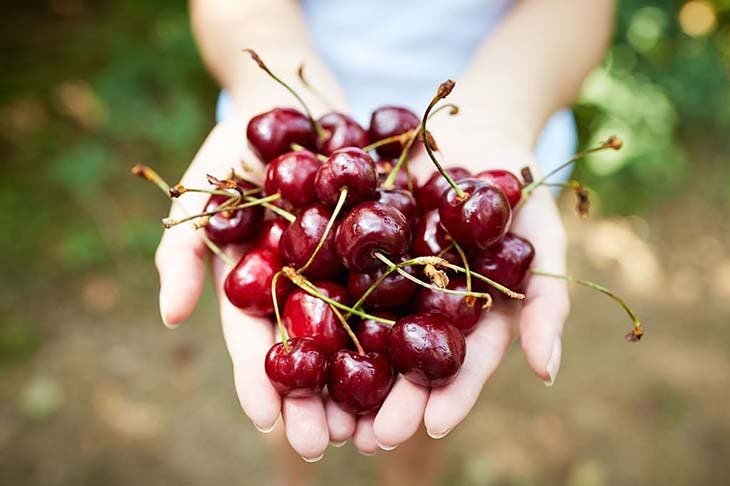
How to Recognize the Presence of Worms in Cherries
To check if a cherry is infested with worms, examine its appearance. Healthy cherries will be:
- Firm to the touch
- Smooth without moldy areas
- Have a green stem
Avoid eating cherries that have:
- Brown spots
- A soft texture
- Appear overripe
How to Prevent Worms in Cherries
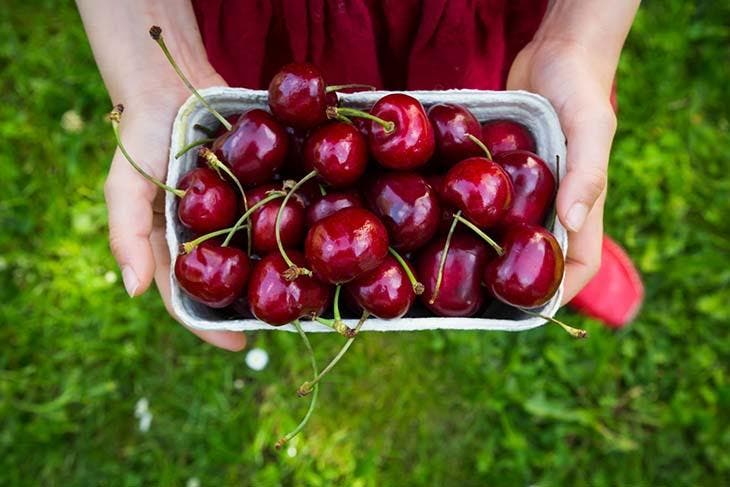
To reduce the likelihood of worms in your cherries:
- Plant early varieties such as Napoleon or pigeon hearts to ensure they mature before the first flies appear.
- Avoid planting fragrant plants nearby that attract flies, like barberries or honeysuckle.
- Remove any overripe fruit from the tree to deter flies.
- In winter, clean and hoe the soil under the tree to eliminate fly pupae and decrease the fly population in spring.
Ecological traps can also be effective. Set up yellow sticky panels starting in early April; flies attracted to this color will get trapped. Additionally, consider pheromone traps that release a capsule scent to lure flies.
Final Note
Always check the appearance of cherries before consuming them. Recognizing whether your cherries are infected with white worms is crucial for enjoying healthy and delicious fruit. If you find any infested cherries, be sure to discard them—do not add them to compost, as the larvae can continue to develop even after falling to the ground.

